- Microsoft Teams
- make video call
- send attachment microsoft
- use microsoft teams video
- add multiple users
- see everyone microsoft
- add apps microsoft
- activate cortana microsoft
- disable gifs microsoft teams
- pin chat microsoft teams
- change cortana’s voice
- add room microsoft
- remove someone microsoft
- ping someone microsoft
- download file microsoft
- find microsoft teams
- get microsoft teams
- schedule recurring meeting
- send pictures microsoft teams
- schedule microsoft teams meeting
- enable chat microsoft teams
- share video audio
- delete conversations microsoft
- create new team
- leave team microsoft teams
- sign out microsoft teams
- mute yourself microsoft teams
- add members team
- edit team description
- turn off microsoft teams
- transfer files from
- share documents microsoft teams
- get microsoft teams code
- download recording microsoft teams
- present ppt microsoft teams
- keep microsoft teams active
- change microsoft teams personal
- find team microsoft teams
- chat privately microsoft teams
- make microsoft teams
- receipts microsoft teams
- control microsoft teams
- sync on microsoft teams
- contacts google microsoft teams
- files microsoft teams
- location microsoft teams
- history microsoft teams
- unblock microsoft teams
- conference microsoft teams
- microsoft teams management
- background in microsoft teams
- create group microsoft teams
- form microsoft teams
- leave microsoft teams
- audio microsoft teams
- photo microsoft teams
- unhide chat microsoft teams
- external microsoft teams
- rename microsoft teams
- chat on microsoft teams
- gifs microsoft teams
- remove microsoft teams
- calendar microsoft teams
- number microsoft teams
- chat microsoft teams
- conference call microsoft teams
- use whiteboard microsoft teams
- reply message microsoft teams
- use microsoft teams meetings
- make presenter microsoft teams
- off microsoft teams notifications
- microsoft teams invite link
- leave class microsoft teams
- login microsoft teams
- clear microsoft teams cache
- microsoft teams meeting link guest
- phone audio microsoft teams
- share screen microsoft teams
- microsoft teams meeting gmail
- make folder microsoft teams
- recorded video microsoft teams
- record microsoft teams meeting
- quote message microsoft teams
- see people's faces microsoft teams
- mute others microsoft teams
- save microsoft teams chat
- control microsoft teams meeting
- delete microsoft teams messages
- blur microsoft teams
- chat box microsoft teams
- multiple participants microsoft teams
- uninstall microsoft teams
- open camera microsoft teams
- prevent microsoft teams away
- block someone microsoft teams
- add calendar microsoft teams
- change name microsoft teams
- organization microsoft teams
- full screen microsoft teams
- microsoft teams recording
- powerpoint microsoft teams
- background microsoft teams
- assign tasks microsoft teams
- remove someone microsoft teams
- delete microsoft meeting
- find microsoft number
- open link microsoft teams
- track tasks microsoft teams
- use microsoft lists teams
- send microsoft recording
- send invitation microsoft teams
- carriage microsoft teams chat
- join microsoft teams
- rotate video microsoft teams
- move files microsoft teams
- trick microsoft teams status
- remove pinned chats
- download search history
- change theme microsoft teams
- clear app data
- sync contacts microsoft teams
- mute notifications attending meeting
- reduce data usage
- send important messages
- add new language
- edit messages in microsoft
- react on messages
- get notified when joins
- enable translation in microsoft
- enable cortana in microsoft
- lock meeting microsoft teams
- spotlight a participant
- check attendance in microsoft
- write on white board
- enable auto translation
- join meeting with id
- add tags in microsoft
- change screen sharing settings
- pin someone in microsoft
- add a new channel
- disable google calendar
- forward a meeting
- remove someone from teams
- praise someone on microsoft
- send a voice note
- send paragraph in microsoft
- send approvals microsoft teams
- send task list
- check voicemails microsoft teams
- get reminders from meetings
- unpin channels on microsoft
- access microsoft teams chat
- access microsoft teams
- view offline files
- add description microsoft teams
- use cellular data
- enable immersive reader
- send urgent messages
- add location microsoft teams
- put microsoft teams
- enable shift reminders
- disable youtube videos
- turn on cart captions
- make anybody owner
- add apps microsoft teams
- join team with code
- set event reminders
- mute meeting notifications
- change team picture
- get dial pad
- put meetings on hold
- turn on captions
- forward messages in microsoft
- mark messages unread
- do text formatting
- disable contacts from sync
- set status message
- reset database microsoft teams
- send emojis microsoft teams
- disable reactions microsoft teams
- enable q&a microsoft teams
- react in microsoft teams
- change image upload
How to share video with audio in Microsoft teams
Are you tired of the limitations of sharing videos without audio in Microsoft Teams? Fret no more! In this blog post, we'll dive into the exciting world of sharing videos with crystal-clear audio in Microsoft Teams. Say goodbye to the days of silent presentations and hello to seamless video collaboration. Get ready to enhance your virtual meetings and presentations by unlocking the power of sharing video with audio in Microsoft Teams. Let's explore the possibilities together!
Share video with audio in Microsoft teams: 12 Steps
Step 1: Open the Microsoft teams app - Ensure that you have the latest version of Microsoft Teams installed on your device.
- Make sure you have a stable internet connection to avoid interruptions during the process.
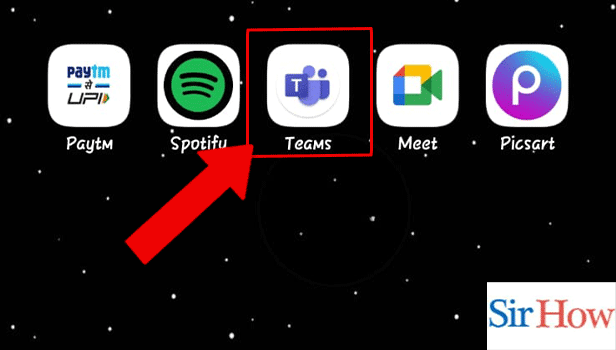
Step 2: Tap on more - The "More" option is represented by three dots and is usually located at the lower-right corner of the screen.
- If you don't see the "More" option, try swiping left or right to access additional options.
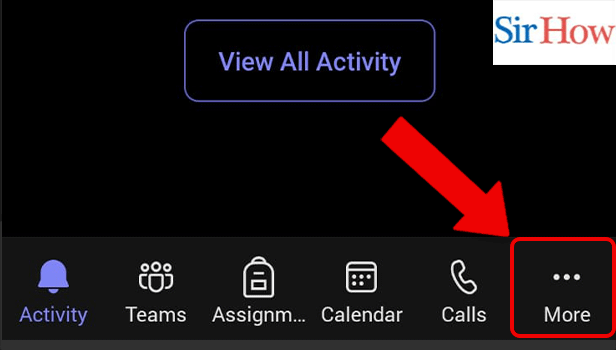
Step 3: Tap on files - The "Files" option allows you to access and manage your files within Microsoft Teams.
- If you can't find the "Files" option, you may need to scroll down or expand the menu by tapping on a specific section.
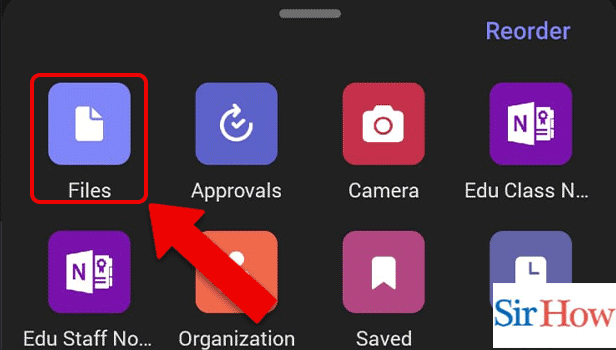
Step 4: Tap on OneDrive - OneDrive is a cloud storage service integrated with Microsoft Teams, where you can store and manage your files.
- If you don't have OneDrive set up, you may need to sign in or create a new account.
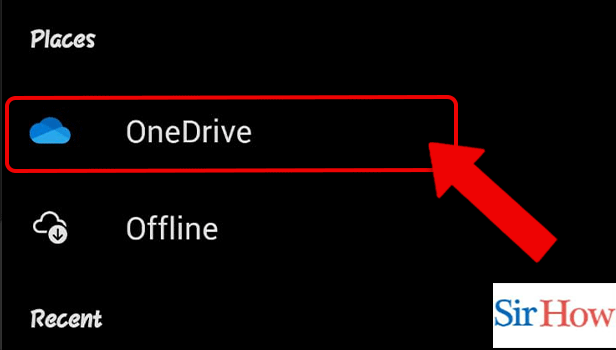
Step 5: Tap on upload - Ensure that the video file you want to share is saved on your device or accessible through cloud storage.
- It's recommended to check the file size and make sure it complies with Microsoft Teams' file upload limitations.

Step 6: Tap on video - Navigate through your folders or search for the video file by name to locate it quickly.
- Supported video file formats in Microsoft Teams include MP4, MOV, and WMV.
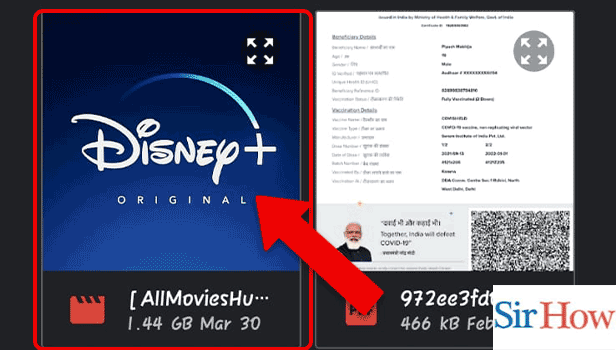
Step 7: Join the meeting - Make sure you are part of the meeting or have the necessary permissions to share content.
- If the meeting hasn't started yet, wait until the host initiates the session.
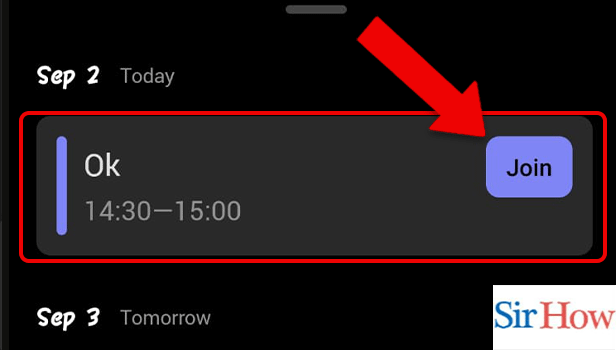
Step 8: Tap on the 3 dots - The three dots represent the "More actions" menu, which contains additional features and options.
- The three dots menu is available within the meeting interface.
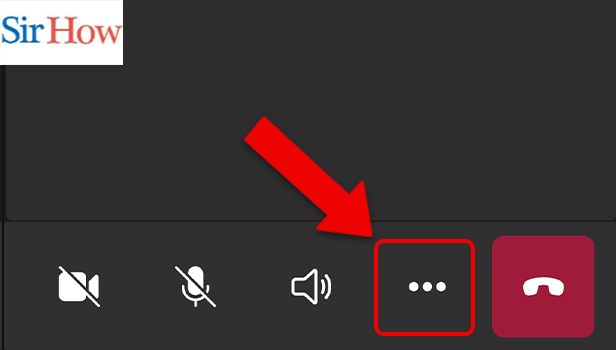
Step 9: Tap on share - The "Share" option allows you to share various types of content during a meeting.
- If you don't see the "Share" option, try swiping left or right to find it among the available options.
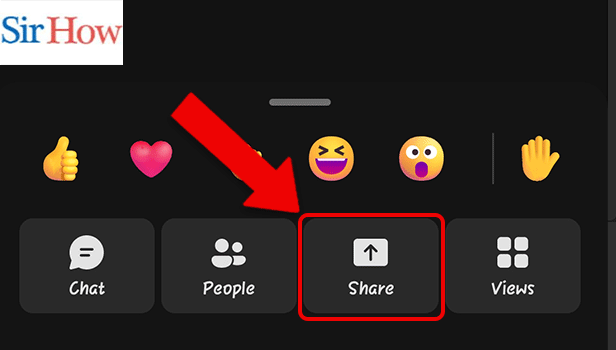
Step 10: Tap on share video - This option specifically enables sharing videos during the meeting.
- You may need to grant necessary permissions for Microsoft Teams to access your camera roll or files.
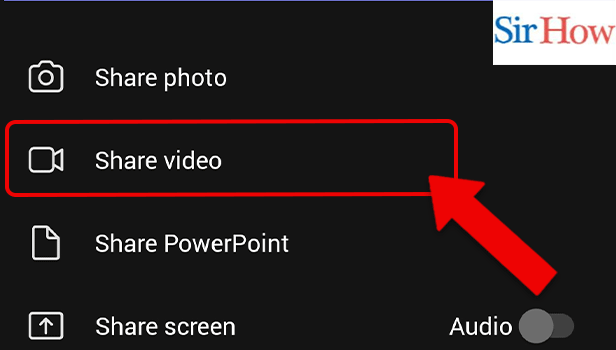
Step 11: Tap on OneDrive - This step ensures you select the correct video file for sharing.
- If you have multiple videos in OneDrive, make sure to choose the desired one.
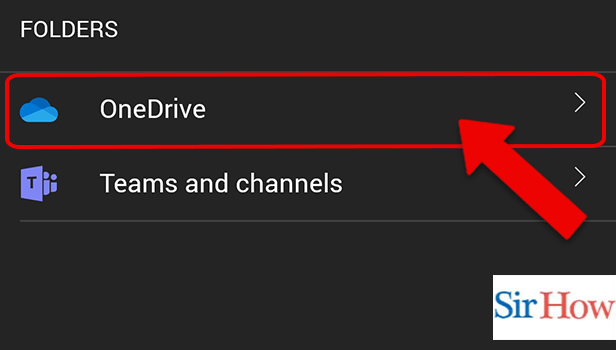
Step 12: Tap on the video - Once you've selected the video file, Microsoft Teams will begin sharing it with audio to all meeting participants.
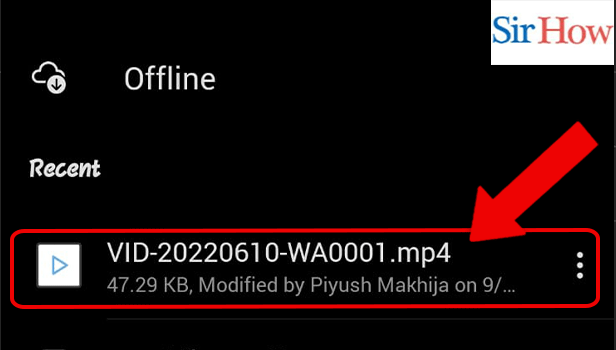
Sharing videos with audio in Microsoft Teams is a valuable feature that enhances collaboration and communication during virtual meetings. By following the simple steps outlined above, you can seamlessly share video content with accompanying audio to engage and inform your audience effectively. Whether it's a presentation, training session, or team discussion, utilizing this capability can greatly enrich your virtual interactions and drive better outcomes.
Tips
- Ensure you have the latest version of Microsoft Teams and a stable internet connection for a smooth sharing experience.
- Familiarize yourself with the file upload limitations and supported video formats to avoid any compatibility issues.
- Organize your files in OneDrive to quickly locate and access the videos you want to share during meetings.
FAQ
Can I share videos with audio directly from my device's storage?
No, Microsoft Teams requires you to upload the video file to OneDrive before sharing it with audio.
Can I share videos with audio during a private chat or only in meetings?
You can share videos with audio in both private chats and meetings.
Are there any file size limitations for video uploads in Microsoft Teams?
Yes, Microsoft Teams has a file size limit for uploads, which can vary depending on your subscription or organization's settings.
Can I control the playback of the shared video during a meeting?
Yes, as the presenter, you have control over the playback of the shared video, including play, pause, and seeking within the video.
Can participants hear the audio of the shared video if they join the meeting later?
Yes, participants who join the meeting after the video has started will be able to hear the audio from the point they joined.
Is there a limit to the duration of the video I can share with audio?
Microsoft Teams supports sharing videos of various lengths, but keep in mind that longer videos may require more time to upload and process.
Can I share videos with audio from external sources, such as YouTube or Vimeo?
Currently, Microsoft Teams supports sharing videos with audio only from OneDrive. However, you can share the screen or window containing the external video player to play it with audio during a meeting.
Related Article
- How to Turn off Microsoft Teams pop up
- How to Transfer Files from Google Drive to Microsoft Teams
- How to Share Documents on Microsoft Teams
- How to Get a Microsoft Teams Code
- How to Download a Recording from Microsoft Teams
- How to Present PPT in Microsoft Teams in mobile
- How to keep Microsoft Teams Active
- How to Change Microsoft Teams from personal to work
- How to Find a Team on Microsoft Teams
- How to Chat Privately in Microsoft Teams
- More Articles...
